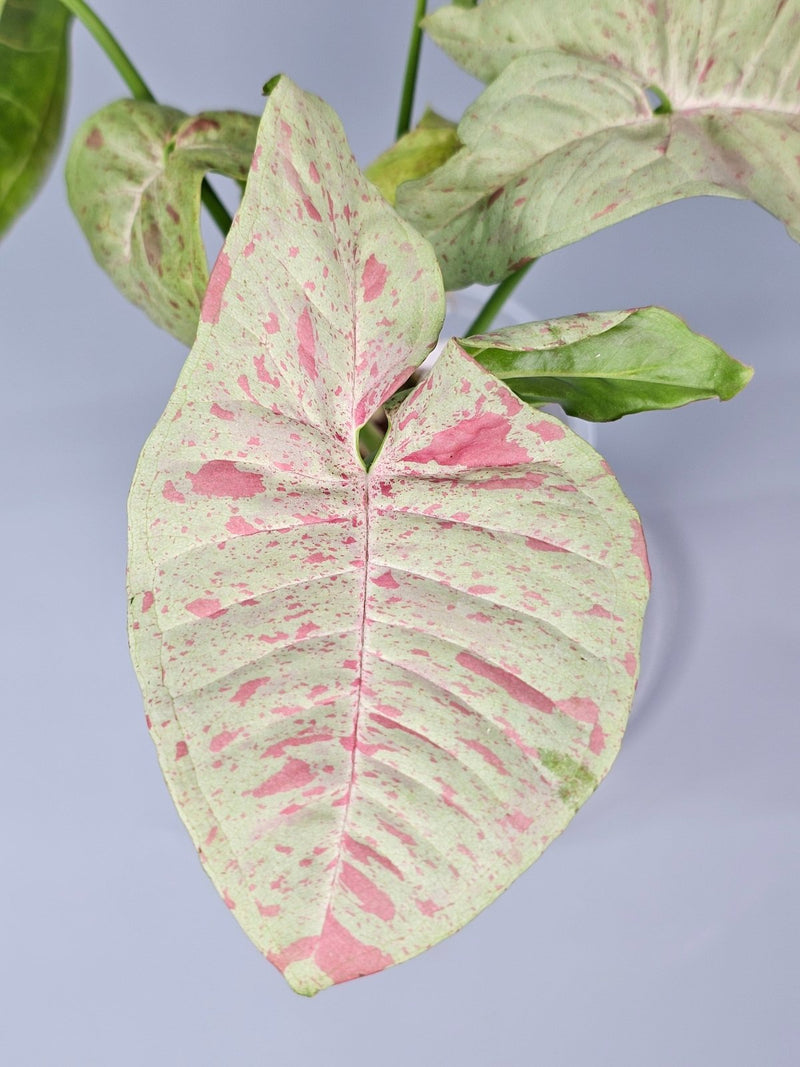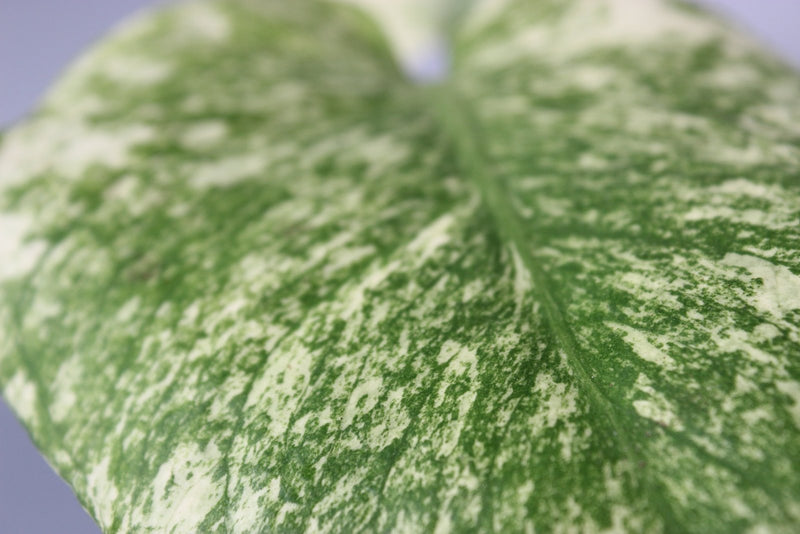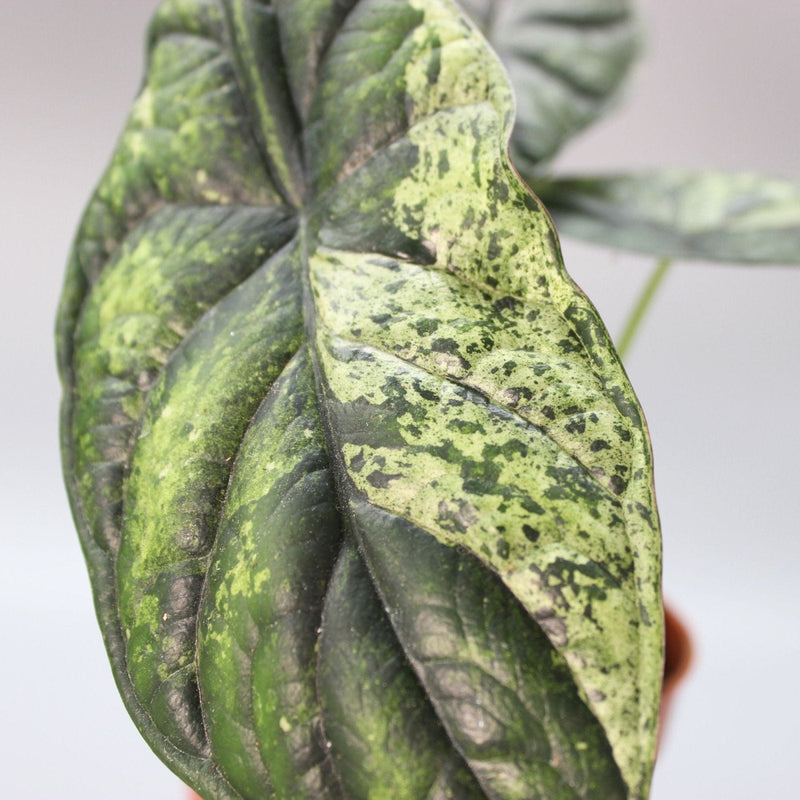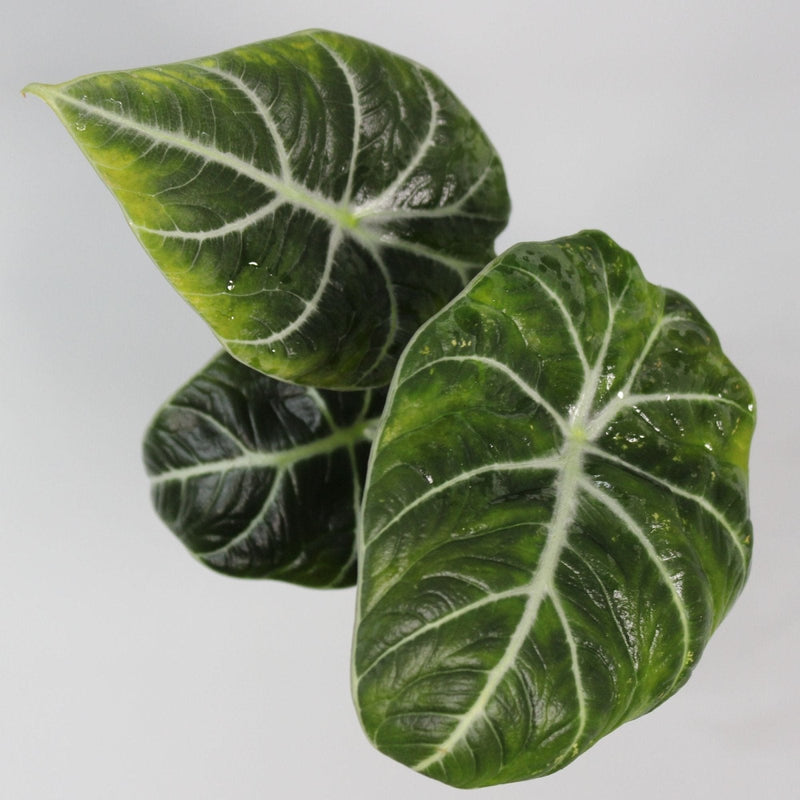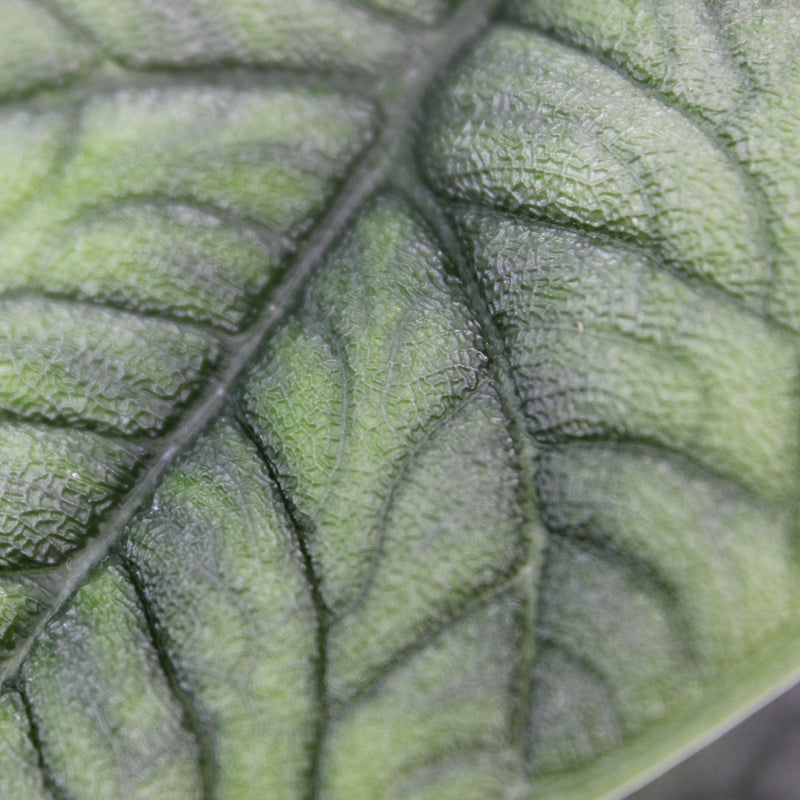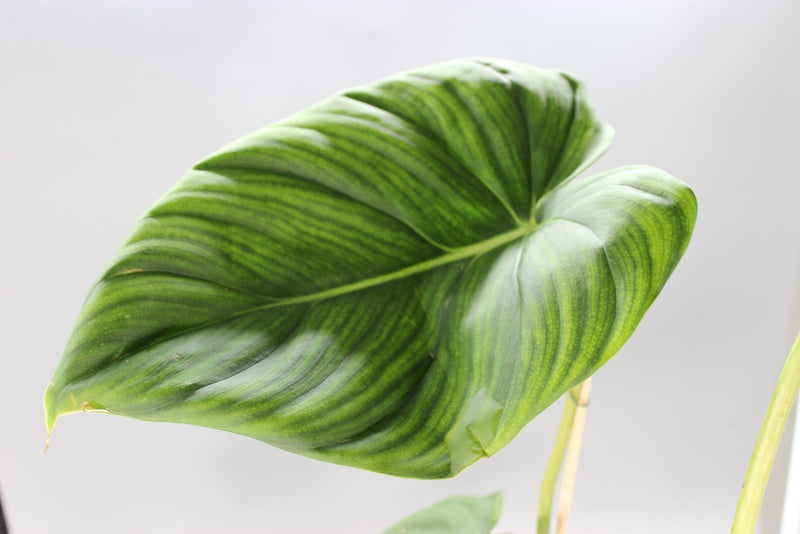
by Odd Leaf
Best Rare Plants for Bathrooms and Humid Rooms
Best Rare Plants for Bathrooms and Humid Rooms Welcome to the lush world of indoor gardening where humidity-loving rare houseplants can transform your bathroom or any humid room into a tropical paradise. If you're considering adding some greenery to these parts of your home, you've stumbled upon the perfect guide. Here, we'll explore some of the best rare plants that thrive in humid environments, offering both aesthetic pleasure and practical benefits. So, whether you're a novice or a seasoned plant parent, these suggestions will help you create your very own indoor jungle. Why Choose Rare Houseplants for Humid Areas? Humid areas like bathrooms are typically challenging for many household plants, but not for those that originate from damp, tropical climates. These plants not only survive but thrive in high humidity, making them perfect for such settings. Additionally, incorporating rare houseplants enhances your decor with unique and exotic aesthetics that are often hard to find. Top Rare Houseplants for Your Humid Spaces Anthuriums - Known for their glossy foliage and bright floral spathes, anthuriums love the steam from your shower. They don't just look good; they also purify the air. Check out different varieties like the Anthurium clarinervium or Anthurium 'Queen' on our Anthurium Collection. Philodendron - With their diverse leaf shapes and sizes, philodendrons are a favourite among plant enthusiasts. They appreciate the moisture in the air after a hot bath, making them ideal for bathroom settings. Explore options like Philodendron gloriosum in our Philodendron Collection. Monstera - These striking plants, with their iconic split leaves, bring a dramatic touch to any space. Monsteras do well in humid conditions and can grow quite large, giving a bold statement. Find them in our Monstera Collection. Alocasia - Known for their arrowhead leaves and striking veins, Alocasias are another great choice for humid areas. They thrive with regular misting. Visit our Alocasia Collection to see options like Alocasia 'Dragon Scale'. Syngonium - Syngoniums are versatile and low maintenance, making them perfect for beginners. Their love for humidity and indirect light suits bathroom environments perfectly. Discover our range in the Syngonium Collection. Care Tips for Thriving Humidity-Loving Plants Light - Ensure your plants receive enough indirect light. Many tropical plants can tolerate low light but thrive in bright, indirect sunlight. Water - Although these plants enjoy humidity, their watering needs vary. Always check the soil before watering to prevent overwatering. Temperature - Keep your plants in a warm environment, avoiding any drafts or sudden temperature changes. Fertilisation - Feed your plants during the growing season with a balanced fertiliser to support their growth. FAQs How often should I water my bathroom plants? Check the soil moisture levels regularly; water only when the top inch of the soil feels dry. Overwatering can lead to root rot, especially in humid conditions. What are the signs of too much humidity for plants? Signs include yellowing leaves, moldy soil, and a general look of being unwell. Ensure proper ventilation to combat excessive humidity. Can all rare houseplants thrive in bathroom conditions? No, not all rare houseplants will thrive in humid conditions. It's important to match the right plant with the right environment. Research before purchasing. Conclusion Choosing the right rare houseplants for your bathroom or any humid room can greatly enhance the space's aesthetic and improve air quality. With the variety of plants available that thrive in moisture-rich environments, you can easily find one that suits your style and care preferences. Remember, each plant has unique needs, so understanding these will help you maintain a healthy and vibrant indoor garden. For more detailed care guides on specific rare houseplants, consider reading our articles on reviving a drooping Anthurium or growing Epipremnum pinnatum 'Dragon Tail'. Happy planting!

